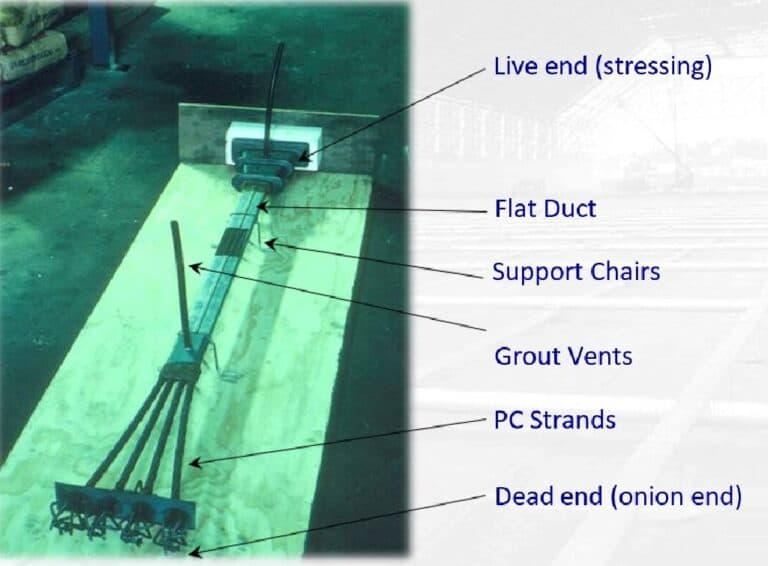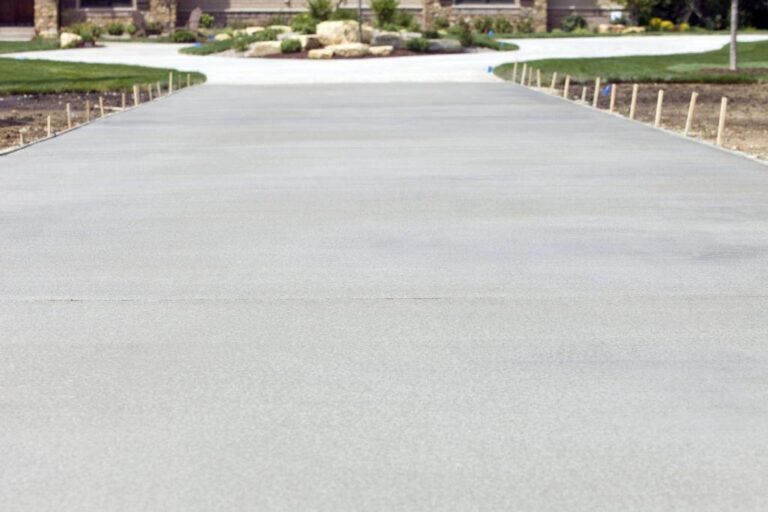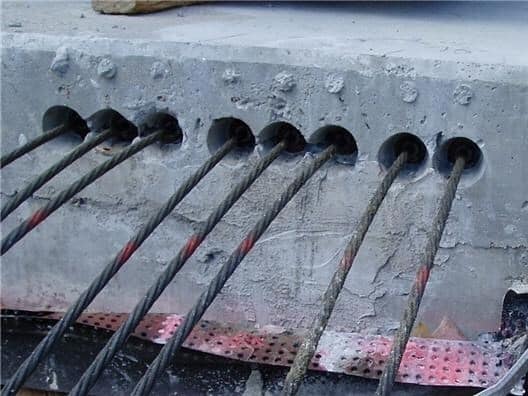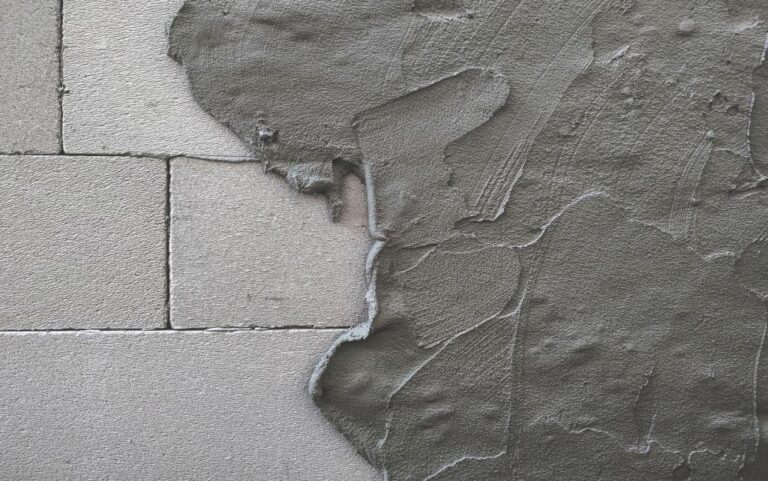Post Tension Cable Ends Exposed and Corrosion: How To Fix It?
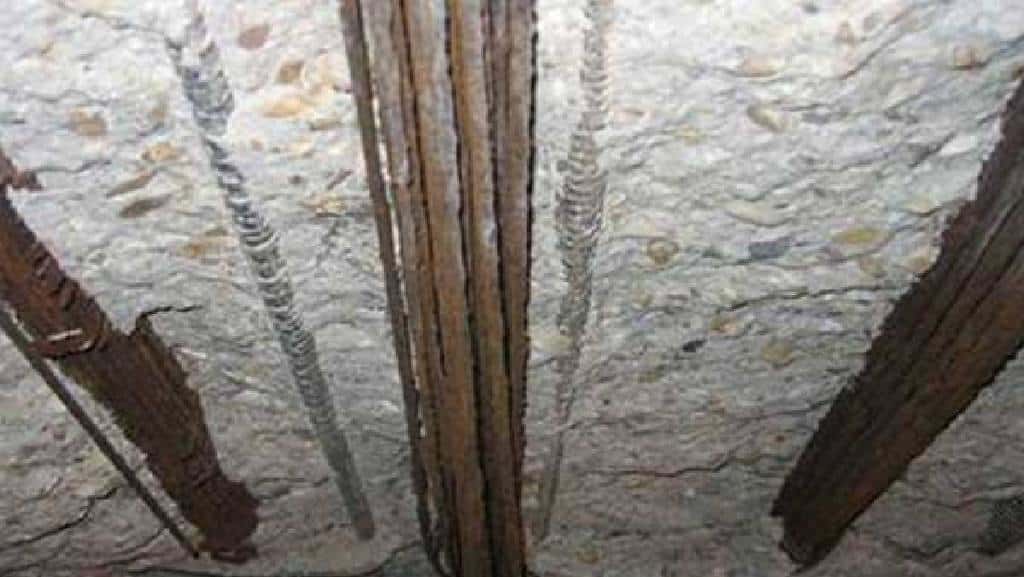
Post tension cables are an essential component in modern construction, providing strength and stability to concrete structures. However, over time, these cables may become exposed and susceptible to corrosion. This can compromise the integrity of the structure and pose a significant risk.
In this article, we will explore the causes of post tension cable ends being exposed and the dangers of corrosion. Additionally, we will discuss effective methods to fix these issues and ensure the safety and longevity of the structure.
Whether you’re a homeowner or a construction professional, understanding how to address this problem is essential for maintaining the safety and longevity of your building.
Causes of Post-Tension Cable Ends Exposure
Exposure of post-tension cable ends can occur due to various reasons. Let’s take a closer look at some of the common causes:
- Construction Errors or Oversights: Improper installation or inadequate protection during the construction phase can lead to cable ends being left exposed, making them vulnerable to corrosion.
- Age and Deterioration of Protective Materials: Over time, the protective materials used to cover post-tension cable ends may deteriorate, crack, or peel off, exposing the cables to the surrounding environment.
- Environmental Factors: Factors such as moisture ingress, temperature fluctuations, and chemical exposure can accelerate the corrosion process, especially when cable ends are not adequately protected.
- Inadequate concrete cover: Insufficient concrete cover over the post tension cables can occur during construction due to errors in design, poor workmanship, or negligence. When the cables are not adequately protected, their ends become vulnerable to exposure.
- Cracking or spalling: Concrete cracks or spalling, which is the chipping or flaking of the surface layer, can expose the post tension cable ends. Cracks can form due to overloading, structural movement, freeze-thaw cycles, or other factors that stress the concrete.
- Improper repairs: If repairs or modifications are performed on a structure without proper consideration for the post tension cables, they can be accidentally exposed. This can happen during renovations, retrofits, or repairs that involve cutting or drilling into the concrete.
The Dangers of Post-Tension Cable Ends Corrosion
When post tension cable ends are exposed, they become vulnerable to corrosion. Corrosion occurs when moisture and oxygen come into contact with the steel cables, leading to the formation of rust. Corrosion poses several risks:
- Structural integrity: Corroded post tension cables lose their strength and load-bearing capacity. This compromises the overall structural integrity of the building or bridge, potentially leading to catastrophic failure.
- Spalling and cracking: Corrosion causes the steel cables to expand, exerting pressure on the surrounding concrete. This can result in spalling and cracking, further exposing the cables and accelerating the corrosion process.
- Safety hazards: If corrosion is left unchecked, it can cause significant damage to the structure, increasing the risk of collapse. This poses a severe threat to the safety of occupants, pedestrians, and nearby structures.
Fixing Exposed Post Tension Cable Ends and Corrosion
Prompt action is crucial when post tension cable ends are exposed or corrosion is detected. Here are some effective methods to address these issues:
1. Inspection and Assessment
The first step is to conduct a thorough inspection and assessment by qualified professionals. They will evaluate the extent of cable exposure and corrosion damage, using non-destructive testing techniques such as ground-penetrating radar or ultrasonic testing. This assessment provides valuable information for developing an appropriate repair plan.
2. Cleaning and Surface Preparation
Before any repair work can begin, it is essential to clean the exposed cable ends and remove any corrosion or loose concrete. This can be achieved by using wire brushes, sandblasting, or other approved methods. Surface preparation ensures proper adhesion of repair materials and promotes long-lasting solutions.
3. Corrosion Mitigation
To address the corrosion issue, several methods can be employed:
- Corrosion inhibitors: These chemicals can be applied to the exposed cable ends to prevent further corrosion. They work by forming a protective layer on the steel surface, inhibiting the interaction between steel, moisture, and oxygen.
- Electrochemical techniques: Cathodic protection and re-alkalization are electrochemical methods used to mitigate corrosion. Cathodic protection involves the installation of sacrificial anodes or impressed current systems to redirect the corrosion process away from the post tension cables. Re-alkalization, on the other hand, involves the application of an alkaline solution to restore the pH level of the concrete, creating an environment less conducive to corrosion.
- Coating systems: Applying specialized coatings to the exposed cable ends can provide an additional layer of protection against corrosion. These coatings act as a barrier, preventing moisture and oxygen from reaching the steel surface. Epoxy or polyurethane-based coatings are commonly used for this purpose.
4. Repair and Encapsulation
Once corrosion mitigation measures are in place, the next step is to repair and encapsulate the exposed cable ends. This ensures the long-term stability and durability of the structure. Some repair techniques include:
- Grouting: Grouting involves injecting a high-strength grout into the voids and gaps around the cable ends. This helps to fill any voids, provide support, and protect the cables from further exposure and corrosion.
- Encapsulation systems: Encapsulation systems consist of protective sleeves or ducts that encase the exposed cable ends. These systems provide a physical barrier against external elements and offer added protection to the cables.
5. Regular Maintenance and Monitoring
To prevent future issues with exposed cable ends and corrosion, regular maintenance and monitoring are crucial. This includes periodic inspections, cleaning, and applying corrosion inhibitors or protective coatings as needed. Monitoring techniques such as half-cell potential measurements can also be employed to detect early signs of corrosion and take proactive measures.
Strengthening and Rehabilitation Measures for Affected Structures
Repairing the post-tension cable ends is only one aspect of addressing the issue. Strengthening and rehabilitating the affected structure is equally important to ensure its overall stability. Here are some measures commonly employed:
- Introduction to Strengthening Techniques: Strengthening techniques involve enhancing the load-bearing capacity and resilience of the structure. These may include the use of external post-tensioning systems, which provide additional support to the cables and distribute loads more effectively.
- Reinforcement with Carbon Fiber-Reinforced Polymer (CFRP) Materials: CFRP materials are lightweight, high-strength fibers that can be bonded to the structure to reinforce and strengthen it. These materials offer excellent corrosion resistance and are commonly used in structural rehabilitation projects.
Implementing appropriate strengthening and rehabilitation measures helps restore the structural integrity of the building and prevents future issues related to post-tension cable ends.
Preventive and Best Practices for Addressing Post-Tension Cable End Issues
To effectively address post-tension cable end issues, it is essential to follow industry best practices and guidelines. Here are some key recommendations to consider:
- Adhere to Industry Standards and Recommendations: Familiarize yourself with industry standards and guidelines related to post-tension cable maintenance, inspection, and repair. These standards provide valuable insights into best practices and ensure that repairs are carried out in a safe and effective manner.
- Collaboration between Engineers, Contractors, and Maintenance Teams: Effective communication and collaboration between engineers, contractors, and maintenance teams are crucial for identifying and addressing post-tension cable end issues. Each stakeholder brings unique expertise to the table, ensuring a comprehensive approach to repair and maintenance.
- Importance of Ongoing Monitoring and Proactive Maintenance: Implement a systematic approach to monitoring the condition of post-tension cable ends on a regular basis. Proactive maintenance, including timely repairs and preventive measures, helps mitigate potential issues before they escalate.
- Training and Education for Maintenance Personnel: Ensure that maintenance personnel receive proper training and education on post-tension cable maintenance and repair. This equips them with the necessary skills and knowledge to identify and address cable end exposure and corrosion effectively.
- Documentation and Record-Keeping: Maintain detailed records of inspections, assessments, and repairs related to post-tension cable ends. This documentation serves as a valuable reference for future maintenance and provides a comprehensive history of the structure’s integrity.
- Engage Qualified Professionals: When dealing with post-tension cable end issues, it is crucial to engage qualified professionals who have experience and expertise in this specialized field. They can accurately assess the condition of the cable ends, recommend appropriate repairs, and ensure compliance with industry standards.
By following these best practices and guidelines, you can effectively address post-tension cable end issues, minimize the risk of corrosion, and ensure the long-term safety and durability of the structure.
Conclusion
Post tension cable ends being exposed and corrosion pose significant risks to the integrity and safety of concrete structures. Adequate concrete cover, proper repairs, and regular maintenance are essential to prevent these issues. If exposed cable ends and corrosion are detected, prompt action, including inspection, cleaning, corrosion mitigation, repair, and encapsulation, is necessary to ensure the long-term stability and durability of the structure.
By following these steps and employing appropriate techniques, we can effectively address these challenges and maintain the safety of our built environment.
FAQs
How can I prevent post-tension cable ends from becoming exposed?
To prevent cable end exposure, ensure proper installation, use adequate protective materials, and implement regular maintenance and inspections.
What are the signs of corrosion in post-tension cable ends?
Signs of corrosion may include visible rust, flaking protective coatings, discoloration, or deformation of the cable ends.
Can post-tension cable ends be repaired without replacement?
Yes, depending on the extent of corrosion, cleaning, removal of corrosion, and application of protective coatings can restore cable ends without replacement.
How much does it cost to fix exposed post-tension cable ends?
The cost varies depending on the severity of the issue, the size of the structure, and the repair techniques employed. It is best to consult with professionals for an accurate cost estimate.
Are there any long-term consequences if post-tension cable ends are not repaired?
Yes, neglecting exposed and corroded cable ends can lead to structural integrity risks, reduced load-bearing capacity, and potential safety hazards.
What are the best protective coatings for post-tension cable ends?
The choice of protective coatings depends on factors such as the environment, corrosion severity, and compatibility with the cable material. Epoxy-based or polyurethane coatings are commonly used.
Is it possible to DIY the repair of post-tension cable ends?
Given the technical nature of the repair process and the importance of structural safety, it is recommended to engage qualified professionals for post-tension cable end repairs.

